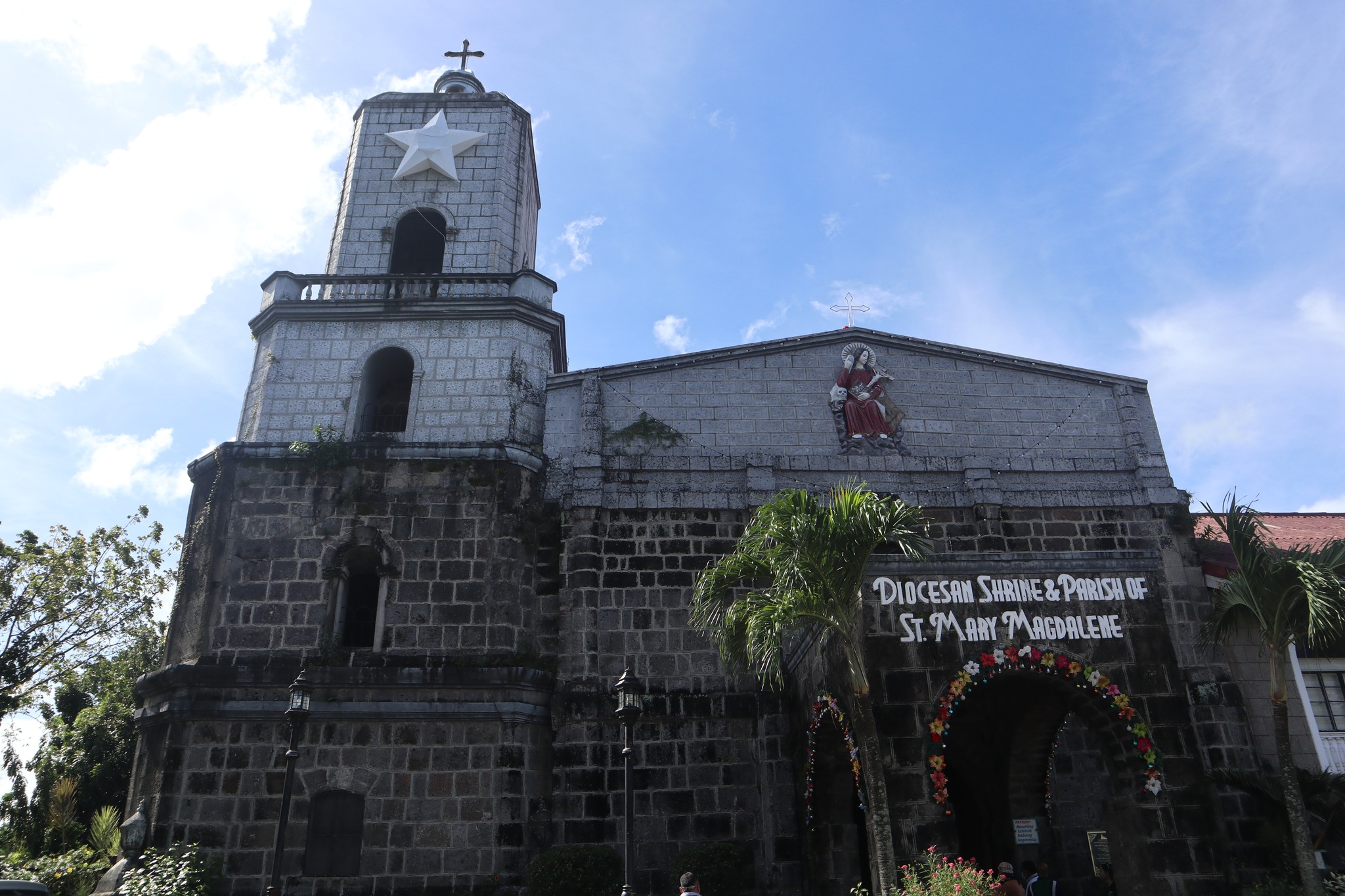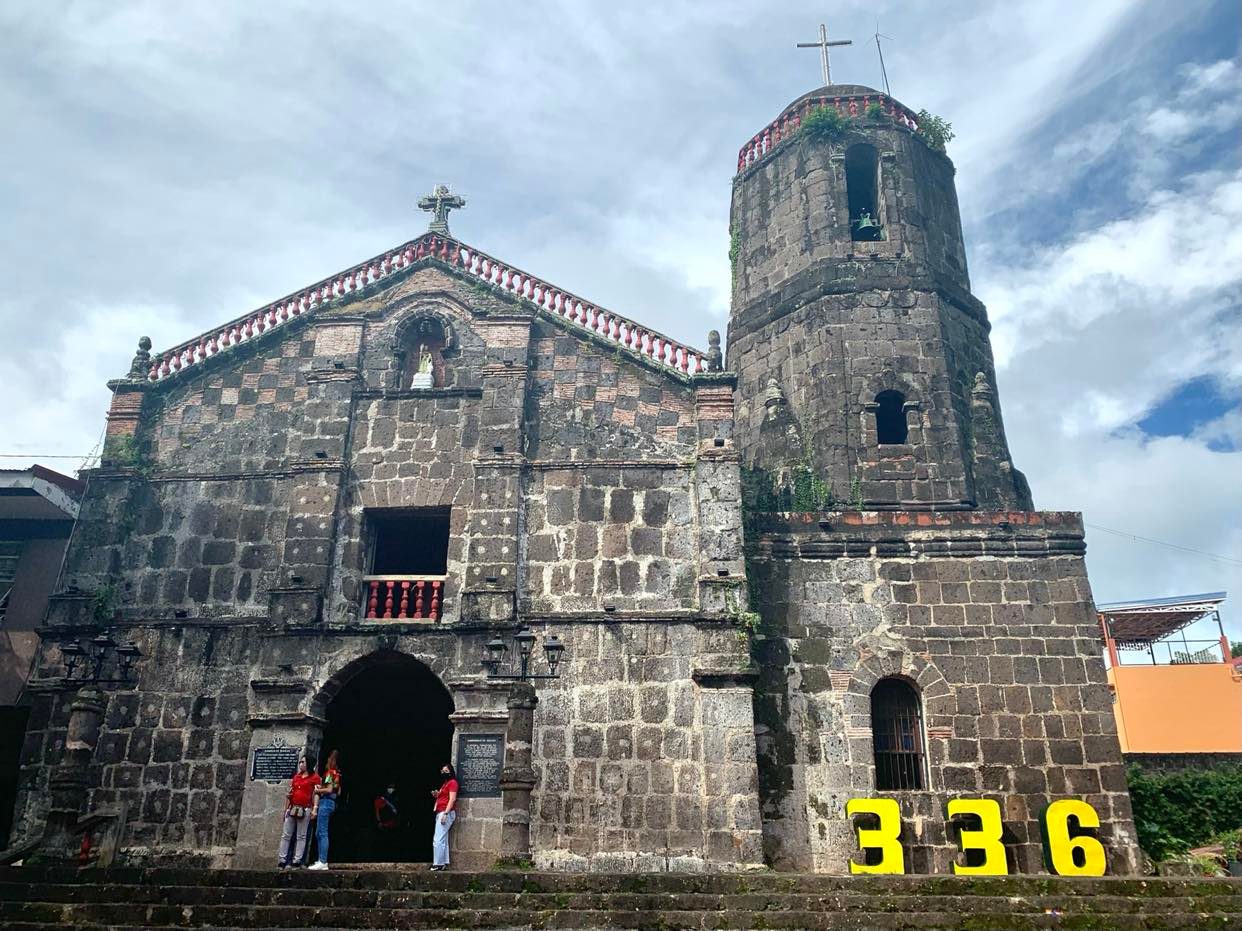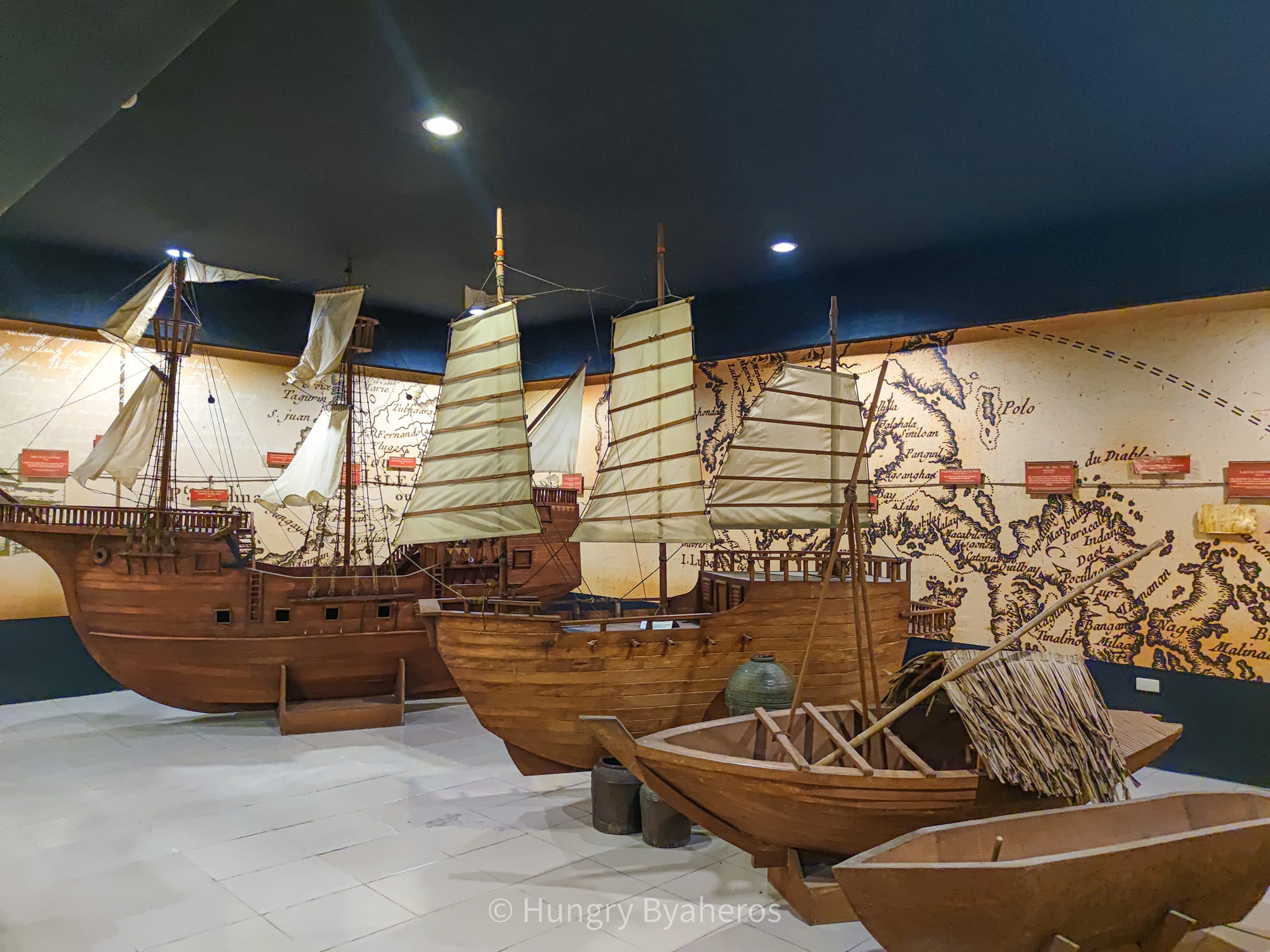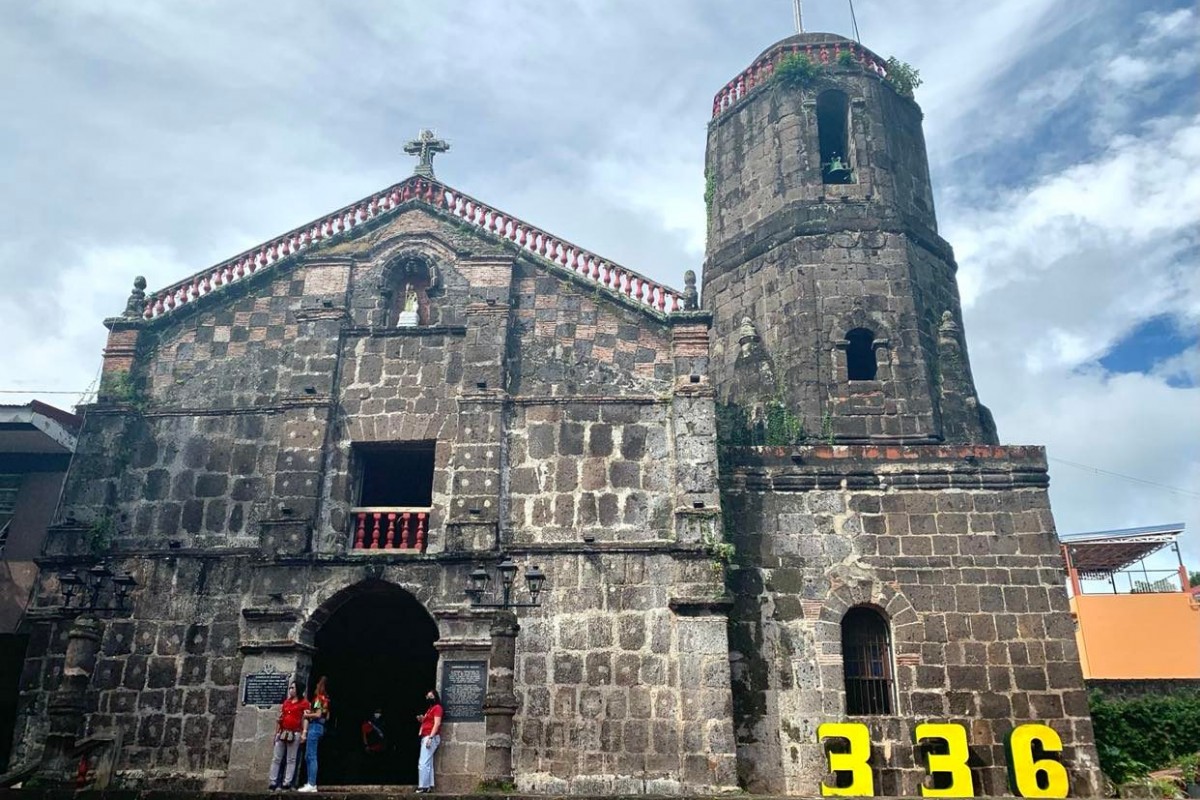If only walls could talk, each of the 13 towns in Rizal Province can recount the turbulent times the country went through for over a millennium.
Tagged the ‘Cradle of Philippine Art’, Rizal boasts itself as the country’s repository of its 3,000-year artistic legacy that birthed national artists including painter Vicente Manansala, muralist Carlos “Botong” Francisco, and musician Lucio San Pedro.
As the Department of Tourism (DOT) Calabarzon continues Eco-Faith Tourism Circuit, which was launched under its flagship Green Corridor Initiative, the regional tourism office enlisted some of the country’s top digital content creators to help promote its tourism sites to the new generation of social media-savvy Filipino tourists.
Parish Church and Diocesan Shrine of Saint Magdalene
J.P. Rizal Street, Barangay Imatong, Pililla, Rizal

Built by Franciscan friars led by Fray Diego de Oropesa and Fray Juan de Plasencia in 1583, the Parish of Mary Magdalene was the first church built with bamboo and ko-gon.
It was only in 1599 under the tutelage of Fray Cristobal de Santa Ana was a plan for a stone church formed.
Made of adobe, the Parish Church and Diocesan Shrine of Saint Magdalene withstood centuries of wars and calamities---until the 1990 earthquake that shook Luzon into a pile of rubble and dust.
The Pililla Church was not spared for the ruins as its bell tower bore the brunt of the quake. Succeeding parish priests launched constructions in an attempt to restore the church back its original beauty, only to weaken the structure. After a destructive earthquake, the heavy rains and strong winds battered the Pililla Church during the onslaught of Typhoon Milenyo.
Diocesan Shrine of Saint Joseph, Husband of Mary
San Jose Street, Barangay San Juan, Baras

The Church of Baras was first built by Franciscan friars in 1595, until the town was transferred by the succeeding Order of priests.
It was later on transferred to the Jesuit priests who headed the church from 1616 to 1679. To escape the hostilities of the Aetas who burned the town in 1635, the Jesuits transferred the church to Ibayo.
Museong Pambayan ng Morong
Gov. Tupas St., Morong, Rizal

Established to showcase the rich history and culture of Morong, the Museong Pambayan houses a collection of artifacts dating back to the Chinese settlement. It sits in the Commandancia, the seat of Government of the ‘Distrito Politico Militar de Morong’
An entire room was dedicated to clay cooking pots or palayoks, tapayans, charcoal flat irons called pirinsas, and foot lockers or baul. Old jewelries and documents dating pack to the Spanish era are also on display to retell the story of Morong for the present generation.
Managed by the Lipunang Pangkasaysayan ng Morong (LIKAS Morong), Inc., visitors and young Morongueños are well versed with the history of their town and its contributions to nationbuilding.
St. Jerome Parish (Church of Morong)
Turentigue St., Morong, Rizal
The Church of Morong was built with stone and mortars by Chinese artisans in 1615. Its Chinese-Baroque architecture sets it apart from other churches that were built around the same period.
Its Chinese influences can be seen in the two lion sculptures that guarded the entrance and the octagonal church bell tower. Upon closer look, its walls were dotted by pock marks caused by bullet holes—proof that like its sisters, the Church of Morong withstood wars, revolts, and even disasters that bookmarked the province’s history.
Rizal endured centuries of change, and lived through the foreign occupation that transformed the province into what it is today.
And as the DOT adds more heritage sites to the growing list of must-see places in Rizal Province, more unexplored gems await for the revival of local tourism in the ‘new normal’. (PB)



